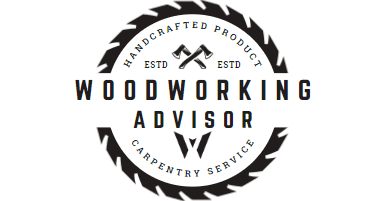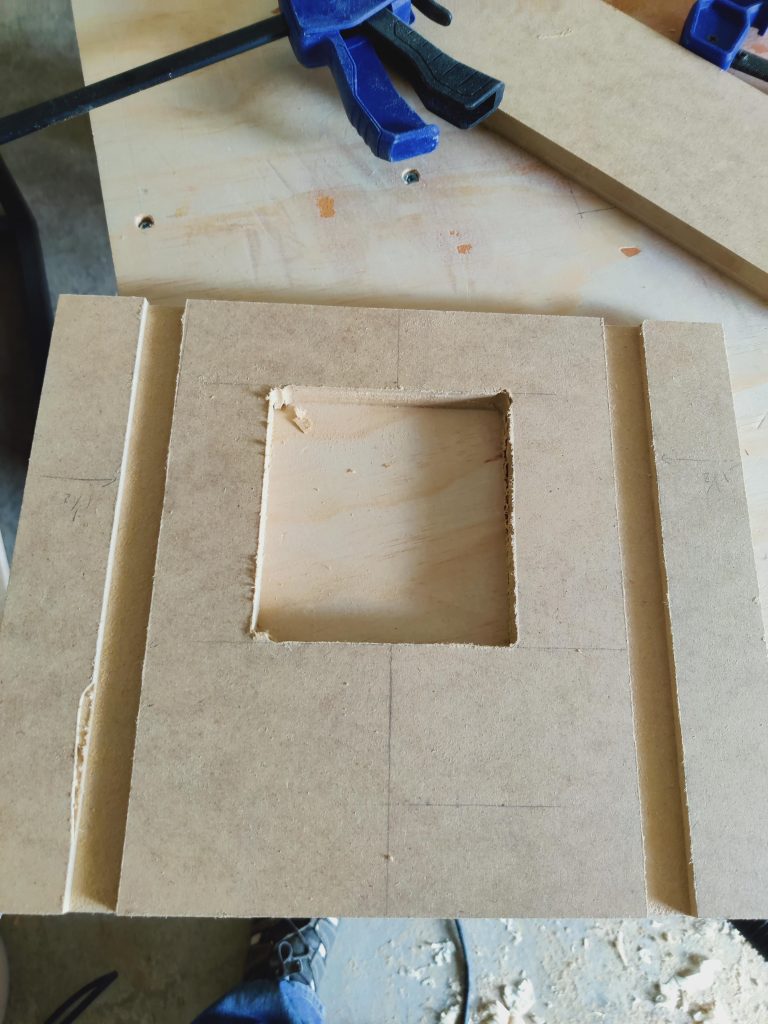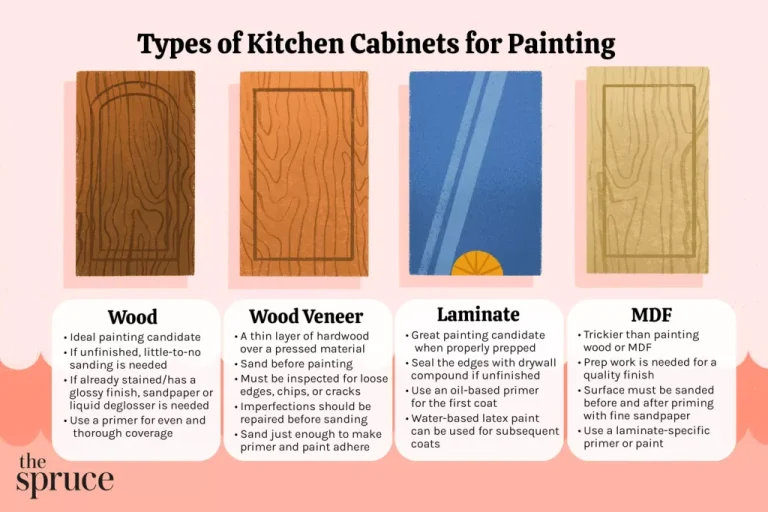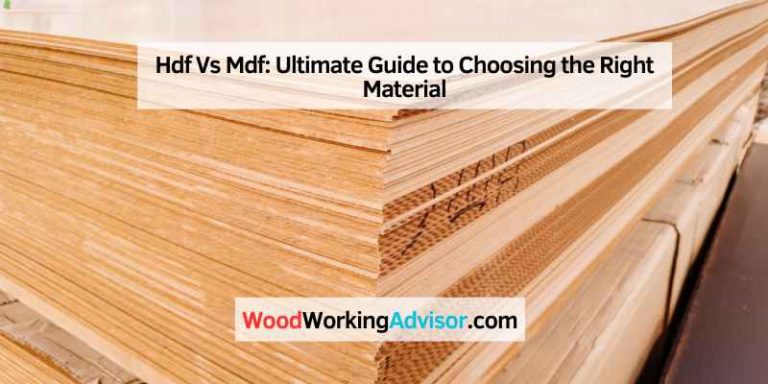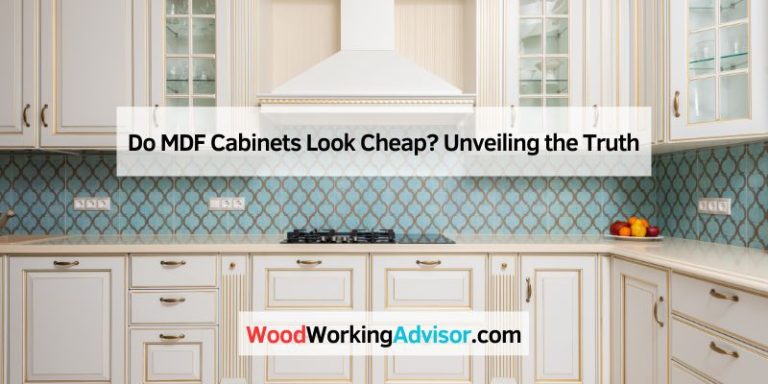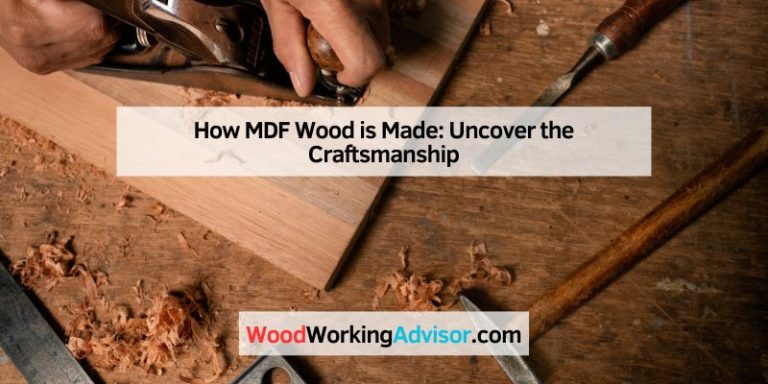How is Mdf Made: Unveiling the Production Secrets
MDF, or Medium-Density Fiberboard, is made by pulverizing softwood and hardwood residuals into wood fibers, which are then mixed with resin binder or wax. The mixture is processed under high pressure and temperature to form panels.
MDF boards are commonly used in furniture and construction due to their affordability and versatility. However, it is important to note that the glue used in MDF production is formaldehyde-based and can be harmful to the respiratory system, with prolonged exposure potentially causing cancer.
Therefore, it is recommended to take precautions when working with MDF and ensure proper ventilation.
The Raw Materials
MDF, or Medium-Density Fiberboard, is made by pulverizing softwood and hardwood residuals into wood fibers, which are then combined with resin binder or wax. The mixture is processed under high pressure and temperature to form panels, resulting in a versatile and durable material for various applications.
Sources Of Wood Fibers
MDF, or medium-density fiberboard, is a type of engineered wood that is made from wood fibers. These fibers can come from a variety of sources, including hardwood and softwood residuals such as sawdust and wood chips. These residuals are pulverized using a defibrator to create the wood fibers that are used to make MDF.
Binders And Resins: The Glue That Holds Mdf Together
In order to hold the wood fibers together, binders and resins are added to the mixture. These binders and resins act as a glue that holds the fibers together under high pressure and heat. One of the most commonly used binders is urea-formaldehyde resin, which is known for its strong adhesive properties. However, formaldehyde emissions from this binder can be harmful to human health. As a result, alternative binders such as melamine-urea-formaldehyde and soy-based resins have been developed to reduce the formaldehyde emissions.
The Production Process
Once the wood fibers and binders have been mixed together, the resulting mixture is shaped into panels under high temperature and pressure. This process creates a dense, uniform material that is resistant to warping and cracking. The resulting MDF panels can then be cut, drilled, and shaped into a variety of products, including furniture, cabinets, and flooring.
MDF has become a popular choice for furniture and construction materials due to its affordability, versatility, and durability. However, it is important to understand the potential health risks associated with the formaldehyde emissions from the binders used in MDF production. Proper safety precautions, such as using protective gear and ensuring proper ventilation during cutting and sanding, should be taken when working with MDF.

The Manufacturing Process
Medium-density fiberboard (MDF) is made by pulverizing softwood and hardwood residuals into wood fibers, which are then mixed with a resin binder or wax. The mixture is processed under high pressure and temperature to form panels. MDF sheets are typically made from a variety of materials including scrap woods, recycled paper, sawmill off-cuts, bamboo, polymers, carbon fibers, and forest thinnings.
Breaking Down The Wood: From Solid To Fiber
Before the manufacturing process of Medium-Density Fiberboard (MDF) can begin, the wood needs to be broken down from solid pieces into fibers. This is achieved by using a defibrator, which pulverizes softwood and hardwood residuals into wood fibers. These fibers will be the main component of MDF boards.
Mixing Materials: Creating The Mdf Blend
Once the wood has been converted into fibers, they are mixed with a resin binder or wax to create the MDF blend. This blend is crucial for the strength and durability of the final product. The resin binder or wax helps to bond the fibers together and provides stability to the MDF boards.
Forming The Board: Pressure And Heat
After the MDF blend has been prepared, it is time to form the board. The mixture is placed under high pressure and exposed to heat. This combination of pressure and heat helps to compact the fibers and solidify the board. The high pressure ensures that the fibers are tightly packed together, resulting in a dense and sturdy MDF board.
The Final Touches: Cooling And Finishing
Once the board has been formed, it goes through a cooling process to stabilize its structure. This cooling process allows the MDF board to retain its shape and prevents any warping or deformation. After cooling, the MDF board undergoes various finishing techniques, such as sanding and cutting, to achieve the desired shape and smoothness. These finishing touches ensure that the MDF board is ready for its intended use.
Types Of Mdf
MDF, or medium-density fiberboard, is made by breaking down softwood and hardwood residuals into wood fibers, which are then mixed with resin binder or wax and processed under high pressure and temperature to form panels. This versatile material is commonly used in furniture and construction.
MDF, or Medium-Density Fiberboard, is a popular material used in construction, furniture making, and other industries. There are different types of MDF available in the market, each with its own unique features and benefits. In this section, we will discuss two of the most common types of MDF: Standard MDF and Moisture-Resistant MDF.
Standard MDF vs. Moisture-Resistant MDF
Standard MDF is the most commonly used type of MDF. It is made by compressing wood fibers together with a resin binder at high pressure and temperature. Standard MDF is an affordable option that is suitable for most indoor applications. However, it is not suitable for use in areas with high moisture levels, as it can swell and warp when exposed to water.
Moisture-Resistant MDF, on the other hand, is specially designed to withstand exposure to moisture. It is made using a water-resistant resin binder and is treated with wax to make it more resistant to water. Moisture-Resistant MDF is ideal for use in areas such as bathrooms, kitchens, and laundry rooms, where the humidity levels are high.
The Role of Thickness and Density
When it comes to MDF, the thickness and density of the board are important factors to consider. Thicker MDF boards are stronger and more durable, making them suitable for heavy-duty applications such as shelving and cabinetry. On the other hand, thinner MDF boards are more flexible and can be used for applications such as backing panels and decorative trim.
The density of the MDF board also affects its strength and durability. High-density MDF boards are more durable and resistant to warping and cracking, making them suitable for use in high-traffic areas. Low-density MDF boards, on the other hand, are more lightweight and easy to work with, making them ideal for applications such as molding and trim.
In conclusion, understanding the different types of MDF available in the market, as well as their unique features and benefits, can help you make an informed decision when selecting the right MDF for your project.
Environmental Impact
MDF, or Medium-Density Fiberboard, is a commonly used material in the manufacturing industry. Let’s delve into the environmental impact of MDF production.
Recycling And Sustainability Efforts
MDF production involves recycling wood fibers, contributing to sustainability efforts. The use of wood residues in MDF manufacturing helps reduce waste and promotes eco-friendly practices.
Emissions And Health Concerns
During the production of MDF, emissions and health concerns arise. The formaldehyde-based glues used in MDF can emit harmful chemicals, posing health risks to individuals exposed to them. Proper ventilation and handling are crucial to mitigate these concerns.
Safety And Usage
MDF, or Medium-Density Fiberboard, is a versatile and popular material used in various applications, from furniture to construction. Understanding how to handle MDF safely and its wide range of applications is essential for anyone working with this material.
Handling Mdf Safely
When working with MDF, it’s important to prioritize safety measures to minimize potential health risks. Here are some key points to consider:
- Protective Gear: Wear a mask, safety goggles, and gloves to prevent inhalation of dust particles and minimize skin contact with the material.
- Ventilation: Work in a well-ventilated area or use dust extraction systems to reduce airborne particles.
- Cutting Techniques: Use sharp cutting tools to minimize dust and employ techniques that reduce the generation of fine particles.
- Sealing Edges: Seal the edges of MDF to prevent the release of formaldehyde and reduce the risk of exposure.
Applications Of Mdf In Furniture And Construction
MDF is widely utilized in the furniture and construction industries due to its versatility and cost-effectiveness. Here are some common applications:
| Furniture | Construction |
|---|---|
| Shelving Units | Interior Molding |
| Cabinets | Doors and Frames |
| Tables | Wall Panels |
| Chair Components | Flooring Underlayment |
Understanding the safe handling of MDF and its diverse applications allows for the efficient and secure utilization of this popular material.
Comparing Mdf To Other Materials
When it comes to comparing MDF to other materials, it’s essential to understand the unique characteristics and applications of each type. By exploring the differences between MDF, plywood, and particle board, you can make informed decisions about which material best suits your specific project or application.
Mdf Vs. Plywood
MDF (Medium Density Fiberboard) and plywood are both popular choices for various woodworking projects. While plywood is made from thin layers of wood veneer glued together, MDF is crafted from wood fibers and resin. Plywood tends to be stronger and more durable, making it suitable for structural applications, while MDF offers a smoother surface and is often preferred for projects requiring precise shaping and finishing.
Mdf Vs. Particle Board
Particle board and MDF are both engineered wood products, but they have different compositions and characteristics. Particle board is made from wood chips and shavings bonded together with resin, resulting in a less dense and more affordable material compared to MDF. On the other hand, MDF is denser and offers a smoother surface, making it ideal for applications where a finer finish is desired.
Future Trends In Mdf Production
The production of Medium-Density Fibreboard (MDF) is continuously evolving, driven by technological advancements and the growing demand for sustainable and eco-friendly materials. The future trends in MDF production are shaping the industry towards innovative manufacturing processes and a greener approach.
Innovations In Manufacturing
Advancements in manufacturing technologies are revolutionizing the MDF production process. From automated fibre processing to precision-engineered pressing techniques, manufacturers are embracing cutting-edge innovations to enhance the quality and efficiency of MDF production. These innovations not only streamline the manufacturing process but also result in MDF products with superior strength, durability, and dimensional stability.
The Move Towards Greener Mdf
The MDF industry is witnessing a significant shift towards sustainable and environmentally friendly practices. Manufacturers are increasingly adopting greener alternatives in raw material sourcing, such as utilizing recycled wood fibres and implementing eco-conscious resin binders. Additionally, the integration of energy-efficient production methods and the adoption of renewable energy sources are contributing to the overall sustainability of MDF manufacturing.
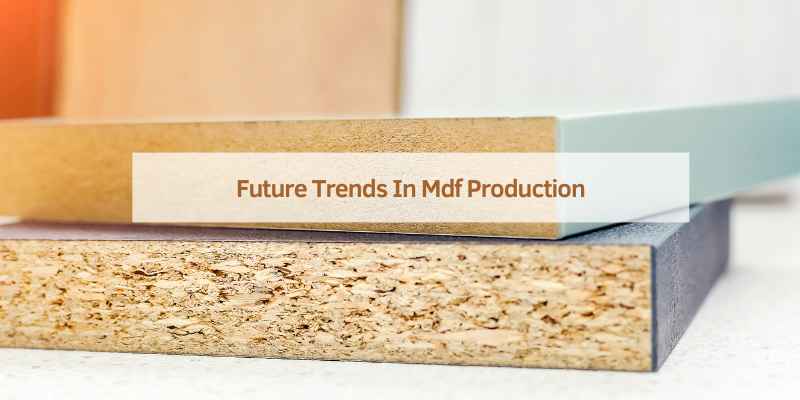
Frequently Asked Questions
How Is Mdf Made Step By Step?
MDF is made by pulverizing softwood and hardwood residuals into wood fibers, mixing with resin or wax, and then pressing at high temperature to form panels.
Is Mdf Made From Sawdust?
Yes, MDF (Medium-density fibreboard) is made from sawdust. Residuals of softwood and hardwood are pulverized into wood fibres, mixed with resin binder or wax, and then processed through high pressure and temperature to form panels. MDF is denser and tougher than particleboard and can be used in construction just like plywood.
However, the glue used to bond the fibres together in MDF is formaldehyde-based and harmful to the respiratory system.
Why Is Mdf Illegal?
MDF (Medium-Density Fiberboard) is not illegal, but it has some potential health risks. The glue used to bond the fibers in MDF contains formaldehyde, which can be harmful to the respiratory system and may even cause cancer with prolonged exposure.
It releases resinous dust until it is painted or treated. Some countries have banned MDF due to these concerns. It is important to be cautious when using MDF and take necessary safety precautions.
What Are The Raw Materials Of Mdf?
The raw materials of MDF (Medium-Density Fibreboard) include wood fibres, resin binder or wax, and sometimes recycled materials such as paper, sawmill off-cuts, bamboo, polymers, carbon fibres, and forest thinnings. These materials are processed under high pressure and temperature to form panels used in furniture, cabinetry, and construction.
It is important to note that the glue used to bond the fibres together contains formaldehyde, which can be harmful to the respiratory system and may cause cancer with prolonged exposure.
Conclusion
MDF is made by pulverizing wood fibers and mixing them with resin binders. The high-pressure and temperature process forms durable panels. Despite concerns about formaldehyde emissions, MDF is safe for household use with proper ventilation. Understanding the production process helps in making informed choices.
